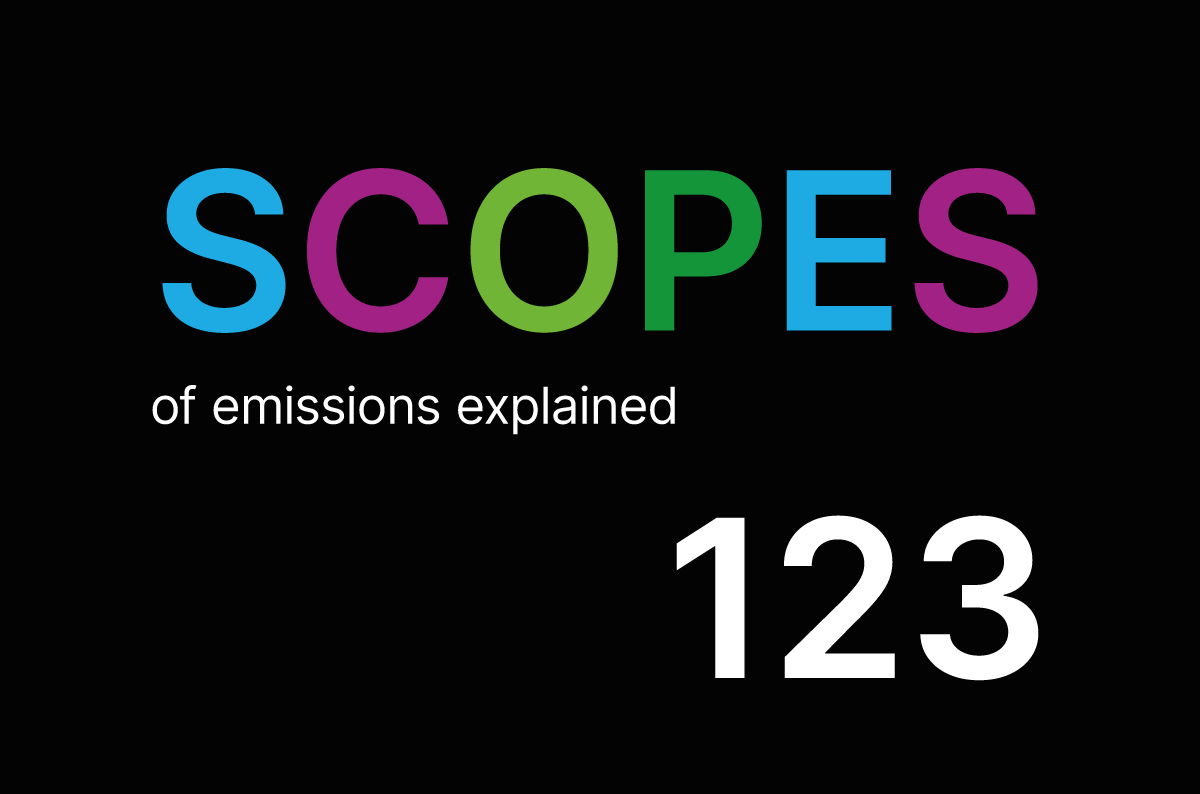The latest headlines on global warming are worrying: according to a report published by the EU climate service Copernicus at the beginning of February 2024, the average global temperature exceeded 1.5 degrees Celsius compared to the pre-industrial era for the first time in twelve months. The targets of the 2015 Paris Climate Agreement have therefore been exceeded. Humanity is feeling the consequences worldwide: extreme weather events such as droughts or dramatic floods continue unabated. A study commissioned by the German government analysed the current and future consequential costs of climate change for Germany. The figures are huge: “At least 145 billion euros in damage was caused by the consequences of climate change between 2000 and 2021. Depending on how climate change progresses, the future costs will be between 280 and 900 billion euros by 2050.”
The only way out of this misery is to reduce greenhouse gas (GHG) emissions. To generate ideas on how to reduce GHGs, companies first need to know what quantities they produce. The Greenhouse Gas Protocol (GHG Protocol) provides a standardised method for companies to record GHG and determine their corporate carbon footprint. The latter describes the quantity of all GHG emissions generated directly or indirectly by a company’s business activities. The internationally recognised GHG protocol was developed by the World Resources Institute (WRI) and the World Business Council for Sustainable Development (WBCSD).

The three categories
But where do GHG emissions actually occur in a company? The GHG Protocol classifies a company’s greenhouse gas emissions into three categories: Scope 1, Scope 2 and Scope 3. The following analysis shows which emissions belong in which category.
Scope 1: Emissions caused by sources owned by the company are immediately obvious. Some examples: Operating the boiler with gas or oil, coolants that emit GHGs during handling, company cars and lorry fleet.
Scope 2: In addition, every company consumes energy that it has to purchase: electricity, gas, steam, district heating. This energy also generates GHG emissions during its production. For example, if a company purchases coal-fired electricity from an electricity supplier, it generates GHG emissions during electricity production. These emissions are considered indirect emissions from the company that uses the electricity, as in this example.
Scope 3: Anyone who thinks it’s going to be easy now is mistaken. This is because Scope 3 covers all indirect emissions along a company’s value chain. The GHG Protocol distinguishes between upstream and downstream emissions. A few examples illustrate what this means in concrete terms:
- Upstream emissions: They are caused by the production of purchased raw and auxiliary materials, by the treatment and disposal of waste generated in the company, by employees travelling to and from work, business trips, the construction of new facilities or office buildings — and much more.
- Downstream emissions: They result from the use and disposal of sold products at the end of their life, the processing of sold products, the transport of products, investments in other companies, which in turn generate emissions — the list goes on and on.
Scope 3 emissions cannot be controlled by the company, but can account for a very large proportion of GHG emissions. According to the GHG Protocol, companies must balance their Scope 1 and Scope 2 emissions. Recording and balancing Scope 3 emissions is very time-consuming and complex, as many players and upstream and downstream processes are involved. This balancing is optional.
